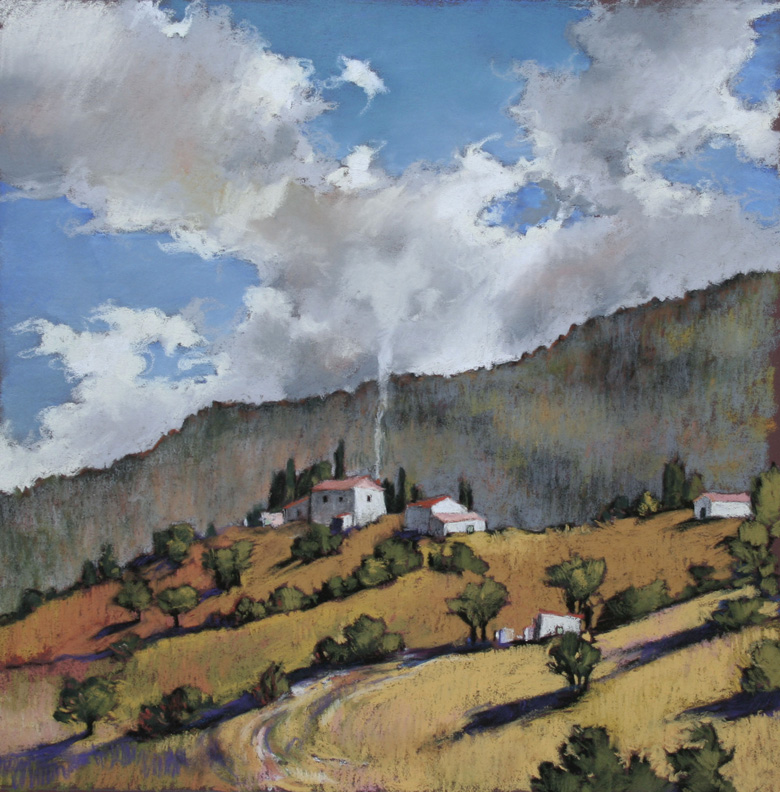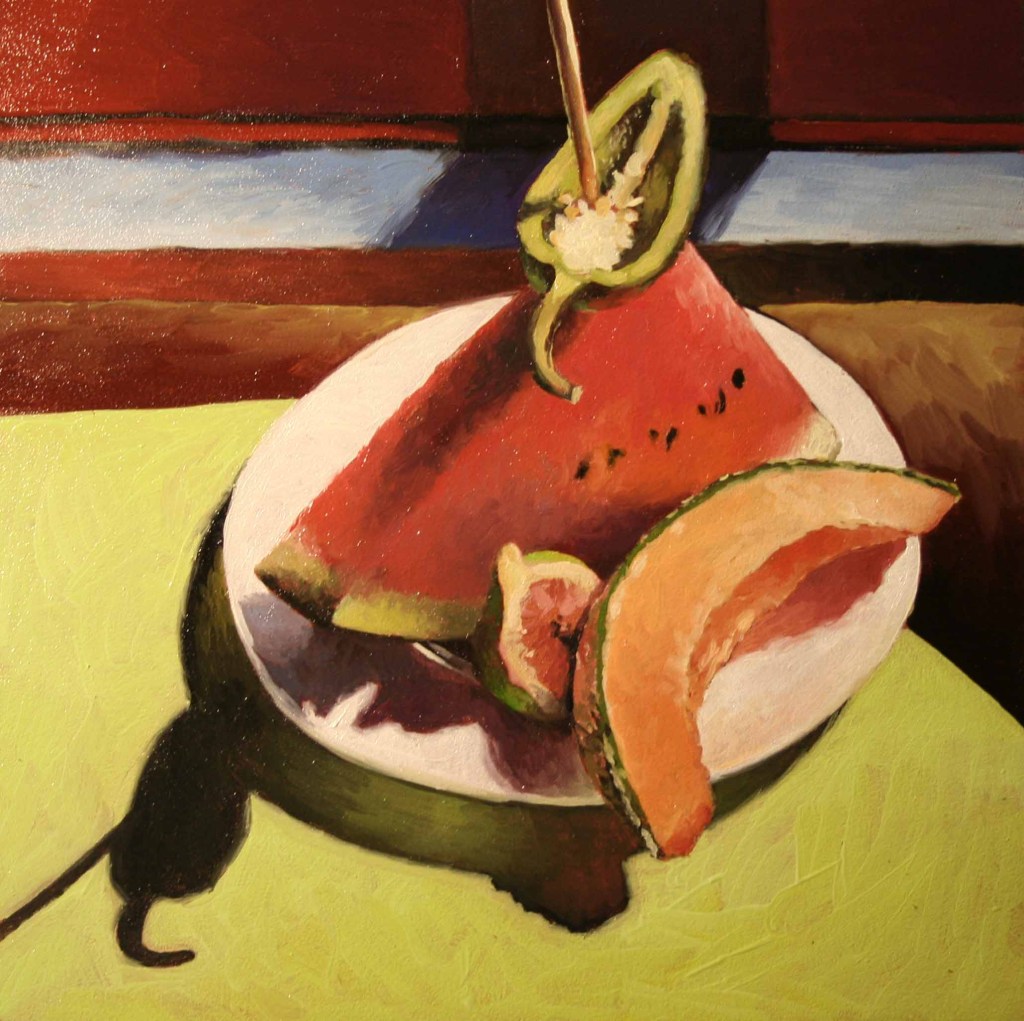When we chose to live in the country, close to town but not in it, we dreamed of peace and quiet. In actuality, there has been less of both than we expected.
Tractors can be heard growling and squeaking most days, and even at night. We had a neighbor who apparently dealt with his insomnia by getting his plowing done in the depth of night, and many times we were awakened at two or three in the morning by his activities. Our piece of land was included in a wildlife sanctuary when we bought it. but shortly thereafter it was “opened” to hunters who could partake of the increase in animals in our area. Hunters get up early, and in Italy, there is no such thing as a “Posted No Hunting” area. They are supposed to keep a certain distance from habitations, but we are showered with shot regularly and are often reminded of what it might sound like to live in a war zone. Because of the excellent acoustics, people are always yelling at each other across the gulch. It is a highly overrated attribute. Once we were trying to talk with our neighbor on the cell phone and kept getting an echo, until we realized that we were hearing his actual voice, and more clearly without the help of the phone. I always know when any chicken within a mile radius has laid an egg. And then there are the dogs.
We have dogs, three of them now, two great hairy white maremma sheepdogs and one tiny, hysterical yapper dog, a volpino Italiano. We love them all, and they do their job of keeping us informed of irregularities as they occur. The small dog alerts the big dogs to any intruder, visiting bird, or bushes which are misbehaving. She is the brain behind the terrifying barking of the big dogs, and she will “drive” the big dogs from a position of invulnerability under their bellies by nipping at their tender parts. We have always had dogs here, and they have always barked. However a few years back, our neighbor across the fosso sold his place to some interesting people and things changed. Little did we imagine that we were in for a crash course in canine total immersion.
Two middle-aged sisters and their ancient mother made a trade with the owner, his land and house for their in-town palazzo where their twenty dogs were living up on the terrazza. This trade enabled those who had been living near them to finally get a good night’s sleep, and the sisters to begin accumulating dogs in a serious way. And that is what they did. Along with increasing numbers of dogs came the haphazard construction of facilities for them, a kind of canine favela. Mornings, one of the sisters could be seen trudging to town to gather bits and pieces of meat left over at the markets, and trudging back with her plastic sacks full. On days when there was too much to carry, she could be seen hauling her bags of food in their elegant but very old Mercedes. Apparently the job of seeing after the ever-growing “cowardice of curs” also lead to neglect of personal hygiene matters, and word spread that they could be detected at a distance by their distinctive, and unpleasant, odor.
We learned that rather than trying to fight against our heartbreaking loss of tranquility, it would be better to adapt. It is amazing that when the mind is directed to ignore something, a sound for instance, it can learn as long as the motivation to do so is positive. We learned to ignore the canine choir at feeding time, up to 250 dogs all vocalizing their desperate need to eat and survive another day. Luckily outside of feeding time they rarely all barked at once, but when they did, it was breathtaking. The sisters themselves contributed a continuous stream of x-rated invective, at each other and the dogs, so I was often thankful that my boys were old enough to have heard most of the terminology before. It would have been an incredibly effective method for learning Italian obscenities.
A few years later, a blitz carried out by the authorities has carted the dogs away to typical Italian no-kill facilities, and one can only hope that they are better taken care of, although I doubt it. Most are lager-like at best. While it is not officially illegal to collect dogs, it is illegal to create a situation which endangers the public health. We were always neutral and kept our peace with the sisters, who have again begun to accumulate dogs as the days go by. While most of the community is disdainful of them, and is always ready to criticize and condemn, I can’t help but have a grudging admiration for them. It has to do with the backbone it takes for a woman in a small southern Italian town to live the life she chooses, regardless of the disapproval of society and its sometimes rigid strictures. It must not be easy for them.
As to the dogs, I hope that somewhere along the line more people here will learn that spaying and neutering is the best way to eliminate animal suffering, even if it isn’t the most direct route. Most veterinarians I have talked to over the years have expressed their reluctance to carry out the operation on my dogs, as they felt it was inhumane to deprive the animals of their normal life functions. And yet, I can’t say how many times I have found abandoned puppies, mistreated and tortured dogs, newborn litters deposited in dumpsters. Maybe we need people who are willing to roll up their sleeves and take action, something to alleviate the suffering, even if it means we have to tolerate the noise.
Bark bark!
















